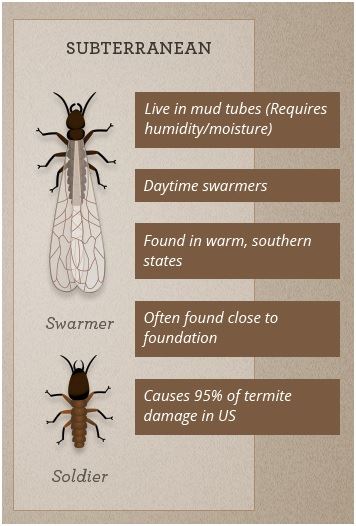
Swarming Termites are a phenomenon that usually occurs once a year in a mature termite colony. This event is also known as a nuptial flight and is a crucial part of the termite life cycle, involving the emergence of winged termites, or alates, from their nest to mate and start new colonies. Here are some key aspects to understand about swarming termites:
1. Purpose of Swarming
- Reproduction: Swarming allows termites to disperse, mate, and establish new colonies, thereby spreading their species to new areas.
- Colony Expansion: Each termite swarm can produce new kings and queens, founding new colonies which expand the territory of the species.
2. Timing of Swarms
- Seasonal Activity: In many species, swarming occurs in warmer months or just after rainfall when humidity levels are higher. The exact timing can vary by geographic location and species.
- Specific Time of Day: Depending on the species, termites may swarm during the day or at night. For example, subterranean termites often swarm during the day, while Formosan termites are more likely to swarm at night.
3. Identification of Swarming Termites
- Winged Termites: Alates are equipped with wings, which they shed after swarming and landing to search for a mate.
- Physical Characteristics: Swarming termites have two pairs of wings of equal size and straight antennae. Their body can vary in color from light brown to black, depending on the species.
4. Significance in Pest Control
- Indicator of Infestation: The presence of swarming termites or discarded wings inside a home or building can indicate a nearby termite colony, signaling a potential infestation.
- Preventative Measures: Homeowners should seal cracks in the building's exterior, reduce moisture around the foundation, and remove potential food sources such as decaying wood.
5. Biological and Environmental Role
- Ecosystem Importance: Termites play a vital role in breaking down cellulose and returning nutrients to the soil. Despite their reputation as pests, their ecological role is beneficial in natural settings.
- Biodiversity: The formation of new colonies through swarming helps maintain termite biodiversity and ecological balance.
6. Management and Prevention
- Professional Assessment: It’s advisable to consult pest control professionals if you observe swarming termites near your property to evaluate and manage any potential threat to structures.
- Regular Inspections: Regularly inspecting properties for signs of termite damage or activity can help catch infestations early.
If you encounter swarming termites near your home or in your neighborhood, it’s a good idea to monitor the situation to determine whether they pose a risk to your property and consider consulting a professional for advice on prevention or treatment. Feel free to shcrae a picture with us for a quick ID. info@universalpest.com
Universal Pest & Termite Servicing:
- Virginia Beach
- Chesapeake
- Norfolk
- Portsmouth
- Hampton
- Suffolk
- Newport News
- Williamsburg


